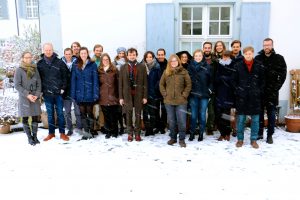
The Journal of Applied Psychology turned 100 this year and is publishing a number of review articles on central themes in applied/organizational psychology that may be interesting to many of us in the Social, Economic, and Decision Psychology area.
For those not familiar with the journal, JAP was founded by Stanley Hall (first president of the America Psychological Association and first to start a formal psych lab in the USA), John Baird, and Ludwig Geissler. According to the journal’s website, JAP covers “empirical and theoretical investigations that enhance understanding of cognitive, motivational, affective, and behavioral psychological phenomena in work and organizational settings, broadly defined”.
As I mentioned before in this blog, there is a long standing tension between — in Hall’s terminology — “pure” and “applied” fields in psychology. Hall, Baird, and Geissler stood, of course, by the “applied” side but hoped to bridge potential gaps to “pure” psychology with JAP. Here’s an excerpt from their Foreword of the first edition from 1917.
“The psychologist finds that the old distinction between pure and applied science is already obscured in his domain; and he is beginning to realize that applied psychology can no longer be relegated to a distinctly inferior plane. (…) (The authors) hope that the JOURNAL OF APPLIED PSYCHOLOGY (a) may bring together the now widely scattered data in this and other countries; (b) may gather from the various industries and from other practical fields data which shall be of real value for pure psychology; (c) may indicate new applications of psychology to the arts and to the occupations of human life, to which psychologists have hitherto made but little contribution.”
I found these three papers from the upcoming 2017 issue gave interesting historical overviews of the field…

